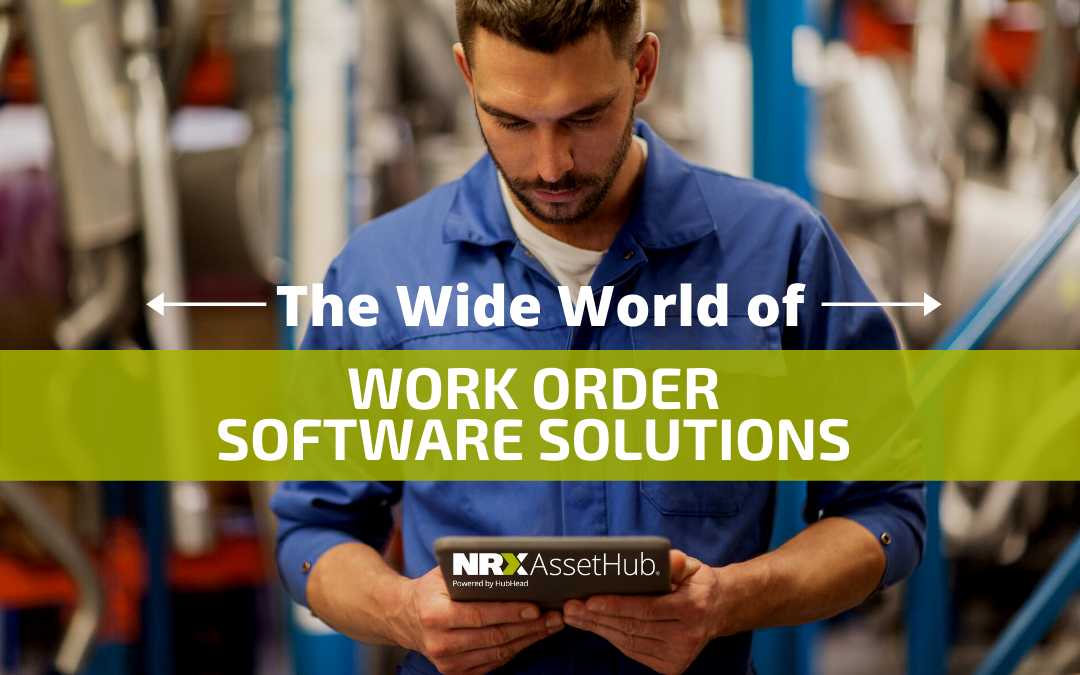What’s out there?
Like many software solutions, work order solutions tend to exist on a scale of rudimentary to complex, and each kind comes with its own set of considerations. On the simple side, an organization may use basic spreadsheets or their own DIY system that performs the core tasks that the plant needs and is easy for any employee to pick up and use. However, such work order solutions usually require a great deal of set up time and ongoing management time, making them riskier choices. Too much power may lay in the hands of the few who are responsible for managing these systems (who may occasionally make poor judgements), and these simplistic systems may make creating reports and finding meaningful insights more challenging because they perform fewer functions. On the other end of the spectrum, some work order solutions are created by special software service providers, and they can be capable of many powerful and complicated processes. However, they may require a person or group with specialized knowledge to set the system up, and they may require time-consuming and costly training before they begin to show some returns.
The choice of you make of the best work order solution will depend on what your organization needs and how much it is willing to invest in improving its maintenance processes.
How does work order analysis fit in?
A solution that allows you to see the bigger picture when it comes to your work order data can also range from simple to complicated. Monitoring, analyzing, and improving your work order data can truly optimize the way a plant spends time and money on maintenance processes, but this is only possible with a software service that fits the needs of your maintenance processes and your business. At NRX, we’re big believers in solutions that can do as much as your organization needs with as little time-consuming set up or costly and inaccessible specialized knowledge as possible. To discover more about how our work order analysis solution stands apart from others, check out one of our resources below, or book a demo with us to start improving your plant’s asset maintenance!
Ineffective Work Orders and Wasted Wrench Time

Some Common Causes of Inaccurate Work Order Data

What's Behind a Work Order?

Share this article

